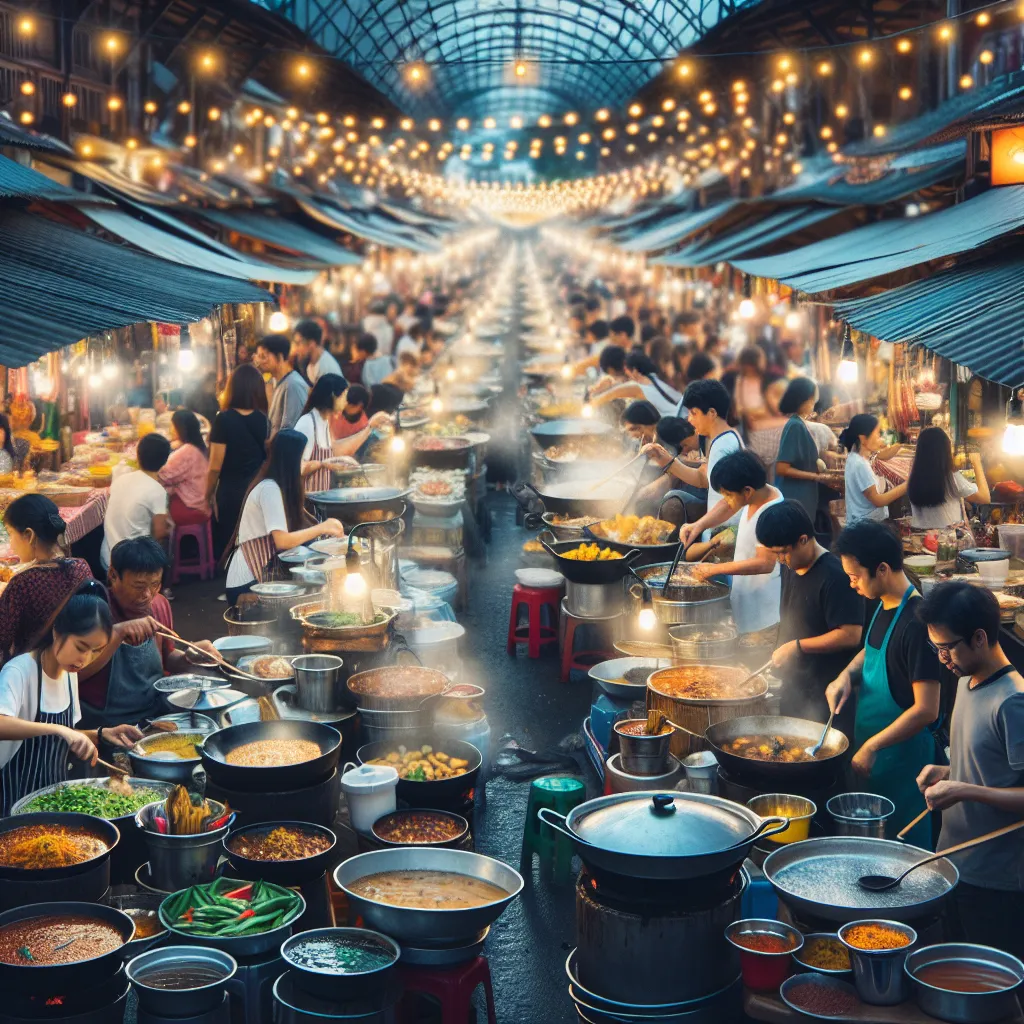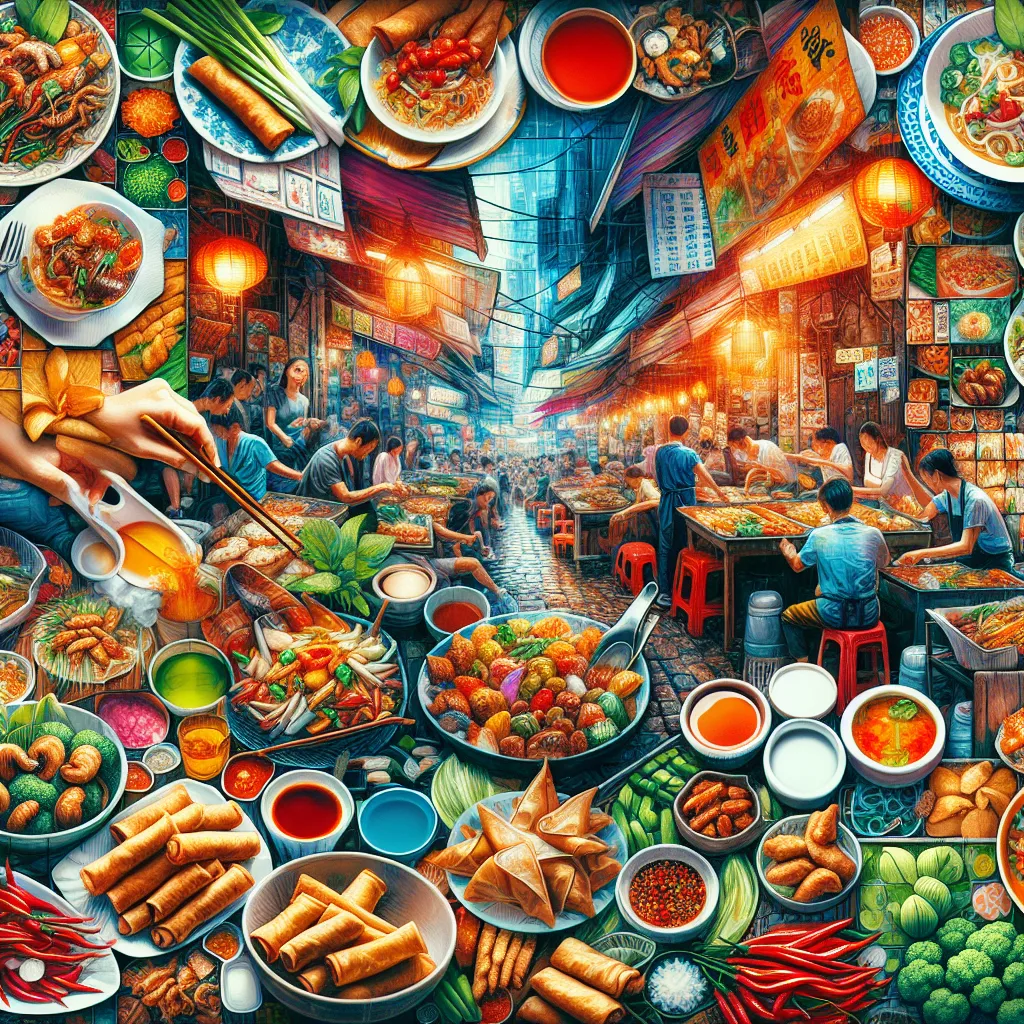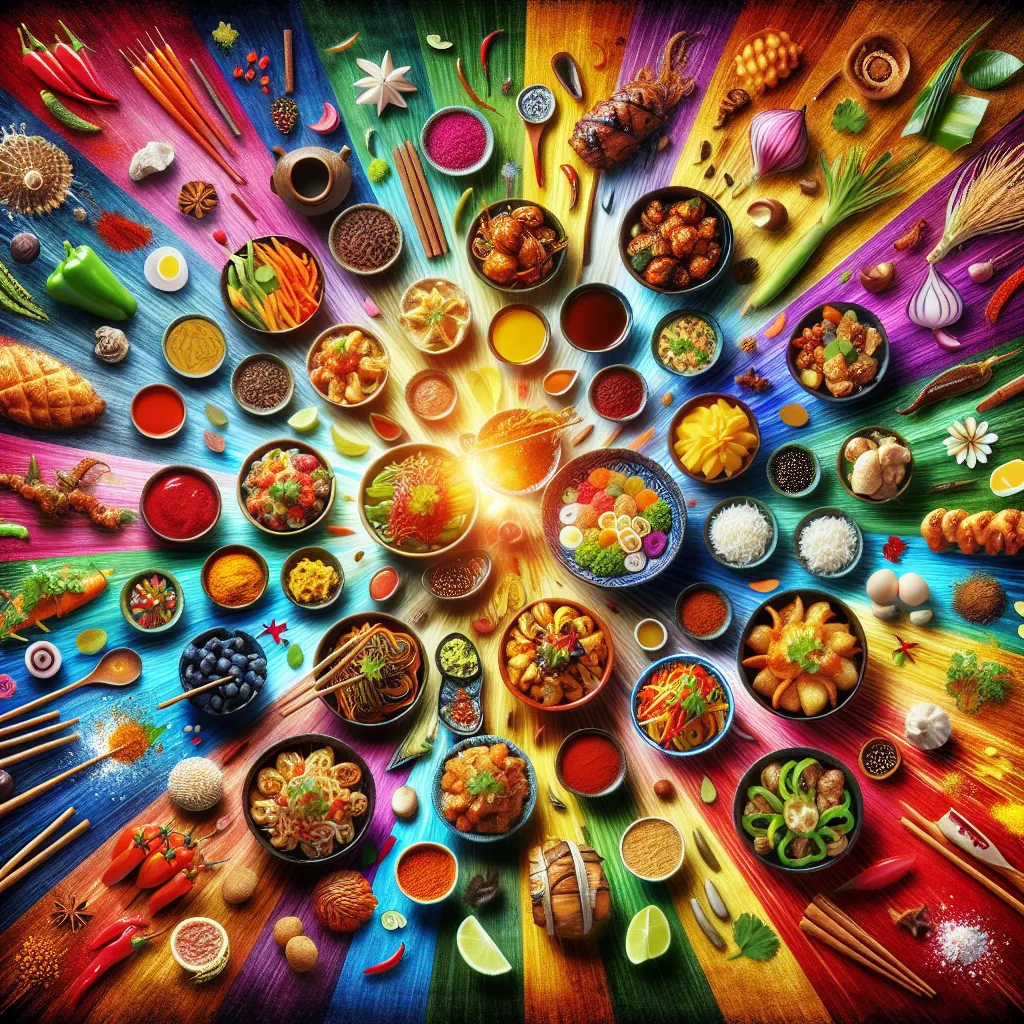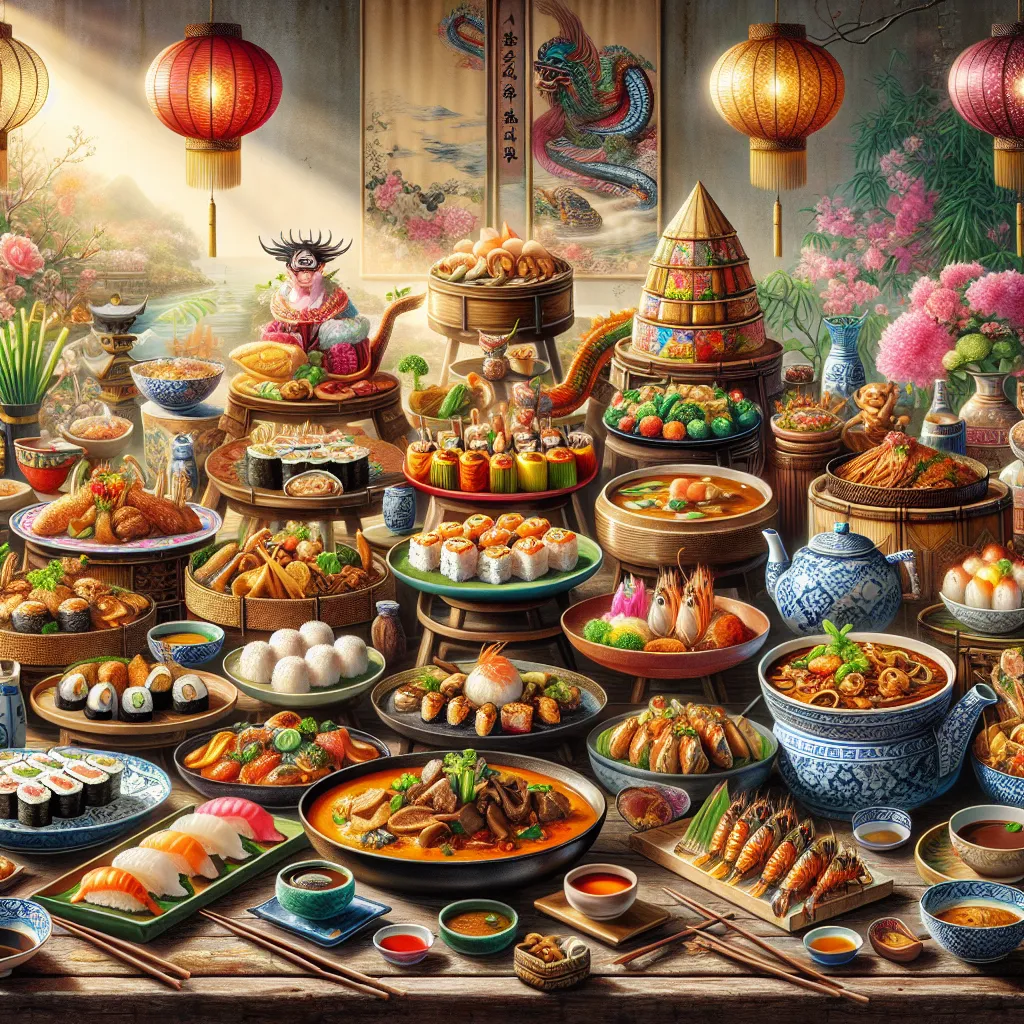Embracing the Spice: A Journey Through the Flavors of Sichuan Cuisine
Sichuan cuisine, known for its bold and fiery flavors, takes diners on a tantalizing journey of spice and complexity. Embracing the spice is at the heart of Sichuan cuisine, with a focus on using ingredients like Sichuan peppercorn, chili peppers, and garlic to create dishes that are not only hot but also bursting with rich, aromatic flavors.
The signature “mala” (numbing and spicy) sensation is a hallmark of Sichuan cuisine, achieved through the unique combination of Sichuan peppercorn and dried chilis. This distinctive flavor profile sets Sichuan cuisine apart and leaves a lasting impression on anyone who experiences it.
From the world-renowned mapo tofu to the fiery hot pot, Sichuan cuisine offers a diverse range of dishes that showcase the region’s penchant for bold flavors. The use of pickled vegetables, ginger, and star anise further adds depth and dimension to Sichuan dishes, creating a culinary experience that is both complex and harmonious.
Whether you’re savoring the tingle of Sichuan peppercorns or sipping on a bowl of spicy, aromatic broth, embracing the spice is a fundamental aspect of exploring the diverse flavors of Sichuan cuisine. It’s a culinary adventure that excites the palate and leaves a lasting impression, making Sichuan cuisine a beloved treasure in the tapestry of Asian culinary traditions.
The Art of Balance: Exploring the Delicate Tastes of Japanese Kaiseki
When it comes to the diverse flavors of Asian cuisine, one cannot overlook the delicate and intricate art of Japanese Kaiseki. This traditional multi-course dining experience is not just about the food; it’s a carefully choreographed culinary journey that celebrates the balance of taste, texture, and presentation.
At the heart of Kaiseki lies the principle of balancing the five fundamental tastes: sweet, salty, sour, bitter, and umami. Each dish is thoughtfully crafted to harmonize these flavors, creating a sensory experience that is both satisfying and refreshing. This art of balance extends beyond taste to include the visual appeal of the dishes, with great attention paid to colors, shapes, and seasonal themes.
Furthermore, Kaiseki emphasizes the use of fresh, seasonal ingredients that are meticulously prepared to highlight their natural flavors. This commitment to freshness and quality not only enhances the taste of the dishes but also reflects an appreciation for nature’s bounty.
Exploring the world of Kaiseki is a journey into the essence of Japanese culinary craftsmanship, where every element is carefully considered to create a harmonious and unforgettable dining experience.
A Culinary Adventure: Unraveling the Complexities of Indian Street Food
Exploring the Diverse Flavors of Asian Cuisine opens up a world of culinary adventure, with each region offering a unique and rich tapestry of flavors, textures, and aromas. When delving into the complexities of Indian street food, one is taken on a gastronomic journey that is both exciting and surprising.
Indian street food is a vibrant and integral part of the country’s food culture, reflecting the diversity and vibrancy of the nation itself. From the spicy and tangy flavors of Chaat to the savory goodness of Pav Bhaji, each dish tells a story of tradition, innovation, and the sheer love for food that defines Indian cuisine.
The bustling streets of India are adorned with food carts and stalls, where skilled artisans of flavor concoct delicacies that are a feast for both the eyes and the taste buds. The sizzle of Tawa, the aromatic blend of spices, and the rhythmic clang of utensils create an immersive experience for food enthusiasts.
Popular street foods like Vada Pav, Samosas, and Pani Puri are not just dishes; they are cultural phenomena that have transcended geographical boundaries and have found a place on global food maps. These offerings are a testament to the indomitable spirit of Indian street food, which continues to evolve and captivate discerning palates worldwide.
The intricacies of Indian street food lie not just in the exquisite blend of spices and ingredients, but also in the art of storytelling that accompanies each dish. Every street food vendor has a tale to tell, a secret recipe handed down through generations, or a unique twist that makes their offering stand out in a sea of culinary delights.
In essence, to explore Indian street food is to embark on a sensory expedition, where flavors, aromas, and textures converge to create an unforgettable culinary experience. It is a lens through which one can witness the myriad cultural influences, regional variations, and the unyielding passion for food that defines the heart and soul of India.
In conclusion, the complexities of Indian street food beckon the adventurous food enthusiast to partake in an experience that is not just about eating, but about celebrating the rich tapestry of flavors that define this culinary heritage. It is an immersive journey that leaves an indelible impression and ignites a deep appreciation for the artistry and ingenuity that thrives in the bustling streets of India.
Remember, the next time you find yourself strolling through the vibrant streets of India, don’t just look for food; seek out an unforgettable culinary adventure that will unravel the complexities and captivate your senses.
Fragrant Melting Pot: Navigating the Aromas of Southeast Asian Cuisine
The fragrant melting pot of Southeast Asian cuisine offers a rich tapestry of diverse flavors and aromas that tantalize the senses. From the lemongrass-infused dishes of Thailand to the pungent shrimp paste in Indonesian cuisine, navigating the myriad scents of Southeast Asian cooking is a delightful adventure for food enthusiasts.
One of the defining features of Southeast Asian cuisine is the intricate use of aromatic herbs and spices. Lemongrass, kaffir lime leaves, galangal, and coriander are just a few examples of the fragrant ingredients that contribute to the unique aroma of the region’s dishes. These ingredients are often used in fresh or dried form, adding layers of complexity and depth to the flavors.
In addition to herbs and spices, the use of pungent ingredients such as fish sauce, shrimp paste, and fermented soybeans further contributes to the distinct aromas of Southeast Asian cuisine. While these ingredients may be overwhelming to the uninitiated, they play a crucial role in creating the bold and complex flavors that are characteristic of the region.
Furthermore, the cooking techniques, such as stir-frying, grilling, and slow simmering, also play a significant role in shaping the aromas of Southeast Asian dishes. The sizzle of ingredients in a hot wok or the smoky char from the grill adds a unique dimension to the olfactory experience, evoking a sense of adventure and intrigue.
Exploring the diverse aromas of Southeast Asian cuisine is a journey that offers a deeper understanding of the region’s culinary heritage. The next time you savor a steaming bowl of pho or a fragrant green curry, take a moment to appreciate the symphony of aromas that dance from the plate to your senses, offering a glimpse into the rich tapestry of Southeast Asian flavors.
In conclusion, the aromas of Southeast Asian cuisine are a testament to the region’s rich culinary traditions. From fragrant herbs and spices to pungent condiments and distinctive cooking techniques, the diverse aromas of the region’s dishes offer a sensory experience like no other. Embracing these aromas is an essential part of truly understanding and appreciating the depth and complexity of Southeast Asian cuisine.




